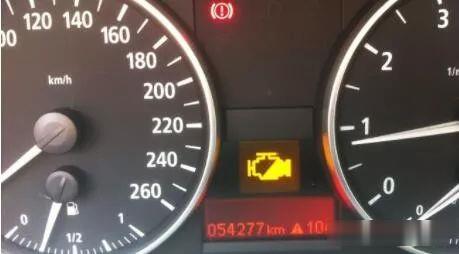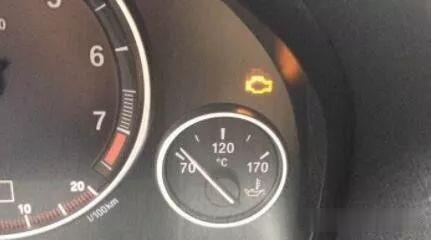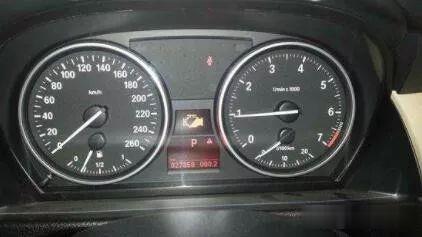Analysis of BMW engine failure light: what is the reason? Can you continue to drive?
Engine failure light is a problem that every car owner often encounters, and it cannot be ignored, because it is directly related to the service life of the engine and driving safety, so it is necessary to understand the reason. In addition, many car owners panic when they encounter this problem. I don’t know what to do. For example, the engine fault light turns on during driving, and I don’t know if I can continue driving. Hope the following introduction will give you some help. If you want to know more cases about BMW, please refer to BMW trouble repair.

About the cause of the engine failure light
Engine failure lights are generally electrical failures, mostly related to various sensors and wiring harness failures. The BMW engine failure signal is controlled by the DME module. DME is the brain of the engine, which controls all the electronic components of the engine. Therefore, there are many reasons for the engine failure light to turn on, such as air intake, fuel supply, ignition, timing, and exhaust. If there is a problem with a sensor in the system such as gas, vacuum, or the wiring harness plug connector is loose or disconnected, this light may be lit. Therefore, to repair this fault, you should try to cooperate with the fault code to easily reduce the scope of the fault and solve the problem faster.

Below is a summary of some common reasons, you can check these places first when you don’t know how to start:
1. Intake related: intake air leakage, electronic throttle, air flow meter, intake pressure sensor, electronic valve servo motor, eccentric shaft motor, eccentric shaft sensor, front oxygen sensor;
2. Fuel supply related: poor fuel quality, high-pressure fuel pump, fuel injector, canister solenoid valve;
3. Ignition related: ignition coil, spark plug;
4. Exhaust related: rear oxygen sensor, three-way catalytic converter, exhaust camshaft and bearing bush;
5. Supercharging related: intake supercharging pipeline, electronic pneumatic pressure converter (EPDW), turbocharger;
6. Others: crankshaft oil seal, crankshaft sensor, water temperature sensor, electronic thermostat, oil level sensor;
Note: Only the common fault parts that cause the engine fault light to turn on during the maintenance process are listed here. There are many other reasons. Welcome to add in the message. In actual maintenance, with the fault code combined with the above summary, detecting the components related to the fault code and the related wiring harness, it should be able to find the real fault point relatively quickly.

The above is for the maintenance personnel, but the car owner should be most concerned about whether the car can continue driving after the malfunction light appears, and what should be done? Here are some suggestions:
1. The engine fault light is divided into two colors. If it is red and you are not in a hurry, please call for help.
2. If the light is yellow, it means that the problem is not serious. At this time, the speed must be reduced to below 60km/h, and then treated according to the situation:
a. If the engine does not shake, there is no abnormal noise, the power of the car is not affected, the water temperature lamp does not alarm, and the oil lamp does not alarm, then continue to turn it on, and check and repair as soon as possible after you are busy. If there is no emergency, you should go to the repair shop first. .
b. If an abnormality is found, such as an alarm for the water temperature light, an abnormal noise from the engine compartment, or a decline in the power of the car, then stop driving and call for rescue.